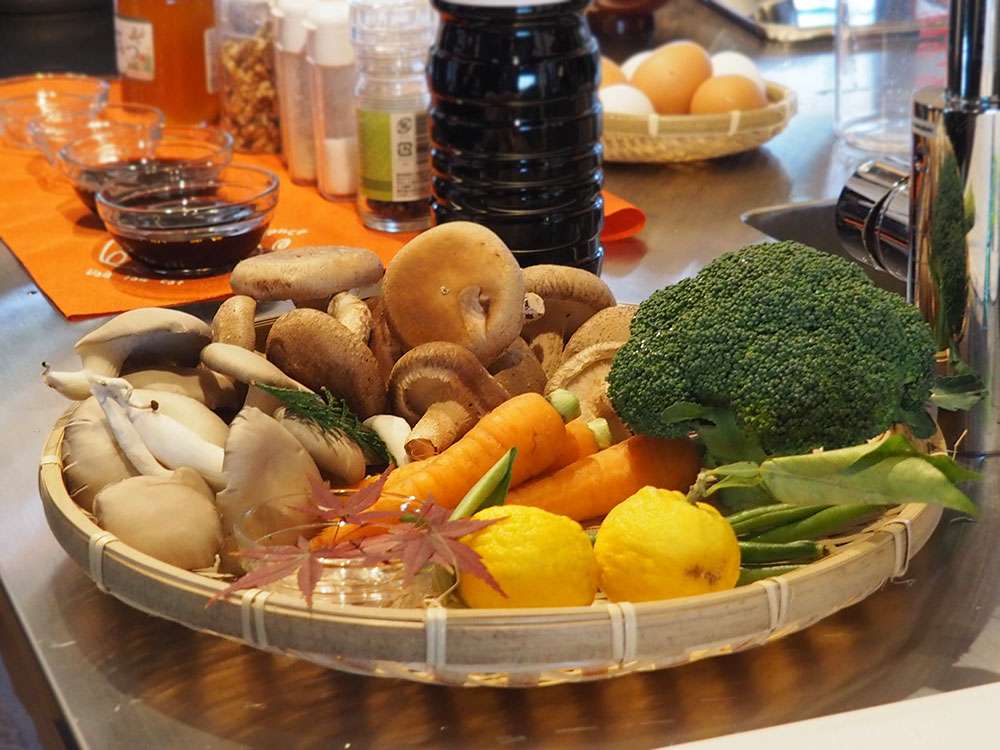
Nabari, located in the western part of Mie Prefecture, is a city rich in nature, despite being just an hour by train from Osaka or about an hour and a half from Nagoya. Taking advantage of the unique basin climate and local terrain, Nabari produces various agricultural and specialty products. From grapes grown with temperature differences, to Iga Rice, a top-ranked premium rice, locally brewed sake made with high-quality rice and pure water, and Iga Beef, a renowned brand of beef, Nabari is a true treasure trove of delicacies. It’s also a place where organic rice and vegetables are enthusiastically cultivated.
More about Farming Experiences in Nabari
Cooking with Nabari’s Special Ingredients
This time, we prepared a bento using fresh, locally sourced ingredients to enjoy on our hike in the afternoon.
The cooking lesson was led by Haruko. She explained the menu for the day, which included tamagoyaki (rolled omelet), sweet and savory simmered beef, steamed vegetables, rice, and noppei soup.
Noppei soup or Noppei-jiru is a traditional Japanese local dish, a hearty soup with a thick, starchy broth made from soy sauce and dashi, featuring vegetables like taro, carrots, and mushrooms.
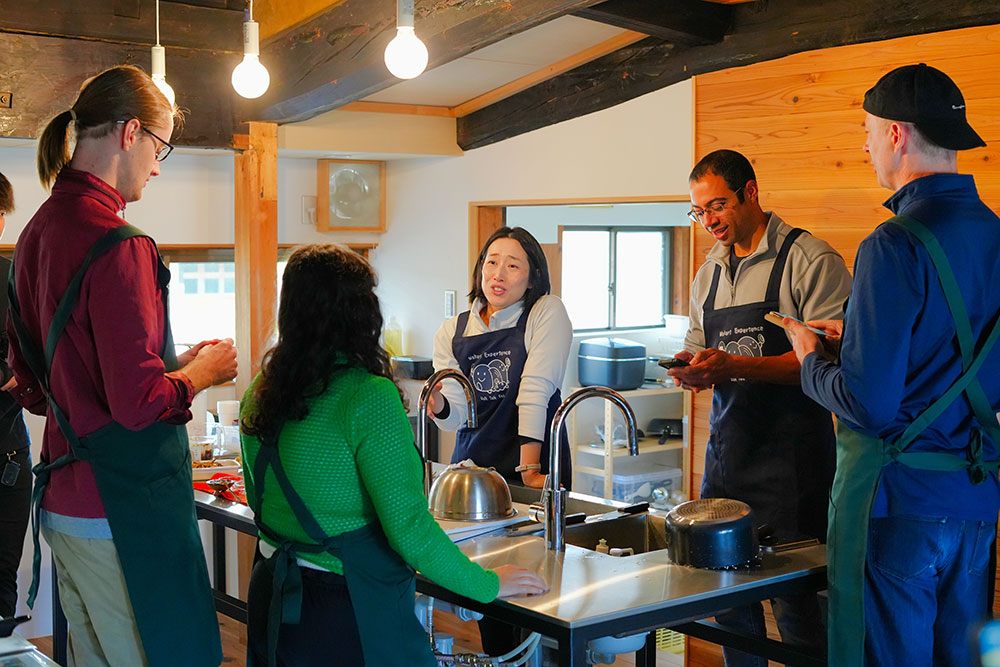
We started with the tamagoyaki rolled omelet. Haruko demonstrated how to make this classic bento side dish that every Japanese person has made at least once. There’s even a small, rectangular frying pan specifically designed for making tamagoyaki. The egg mixture is poured into the pan bit by bit and carefully rolled up. For participants from abroad, it was their first time trying to make this, but the results were excellent.
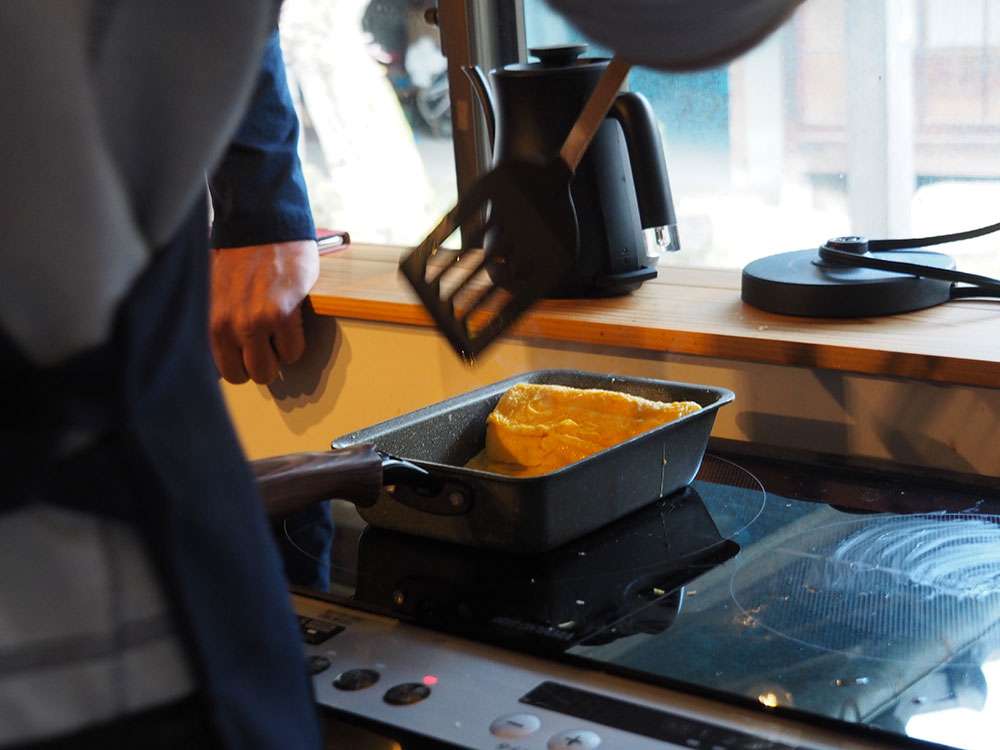
Once cooked, the omelet was almost complete, but there was one more fun step! Using a bamboo mat and chopsticks, we shaped the tamagoyaki into a figure-eight resembling an hourglass. Why this shape? It’s actually inspired by the bottle gourd or calabash, believed to bring prosperity, health, protection from misfortune, and business success. Including this lucky charm in your bento adds a special touch, a symbol of good fortune in Japan.
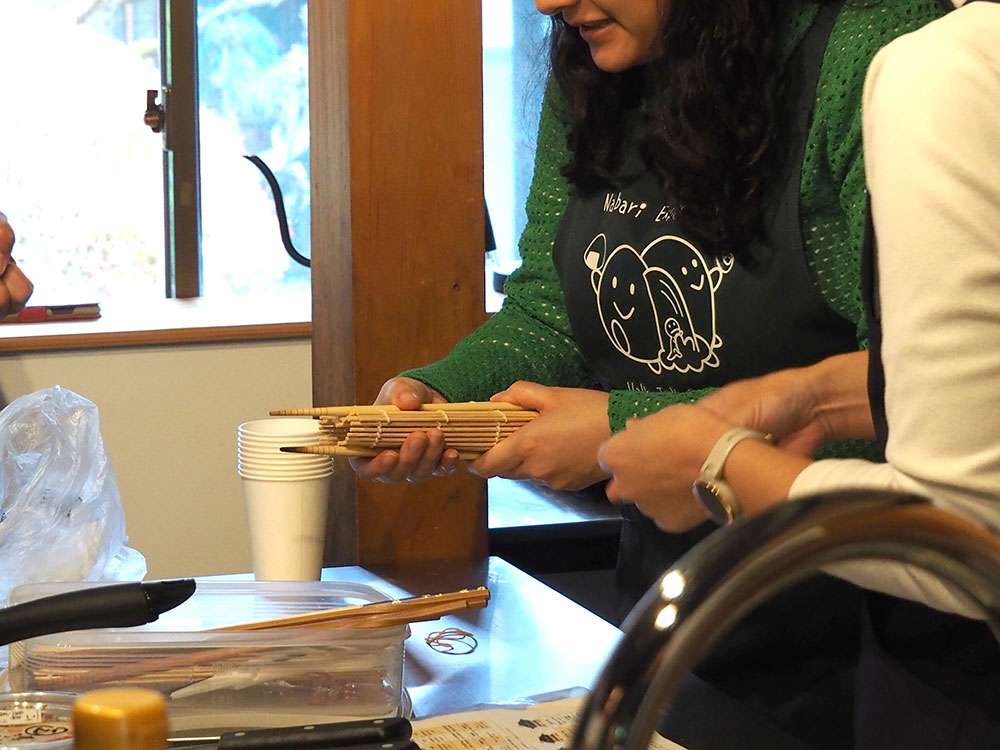
From another stovetop, steam wafted up from a bamboo steamer containing organically grown carrots, pumpkins, and sweet potatoes. The vibrant colors of the vegetables were striking, and steaming is undoubtedly the best way to enjoy organic produce.
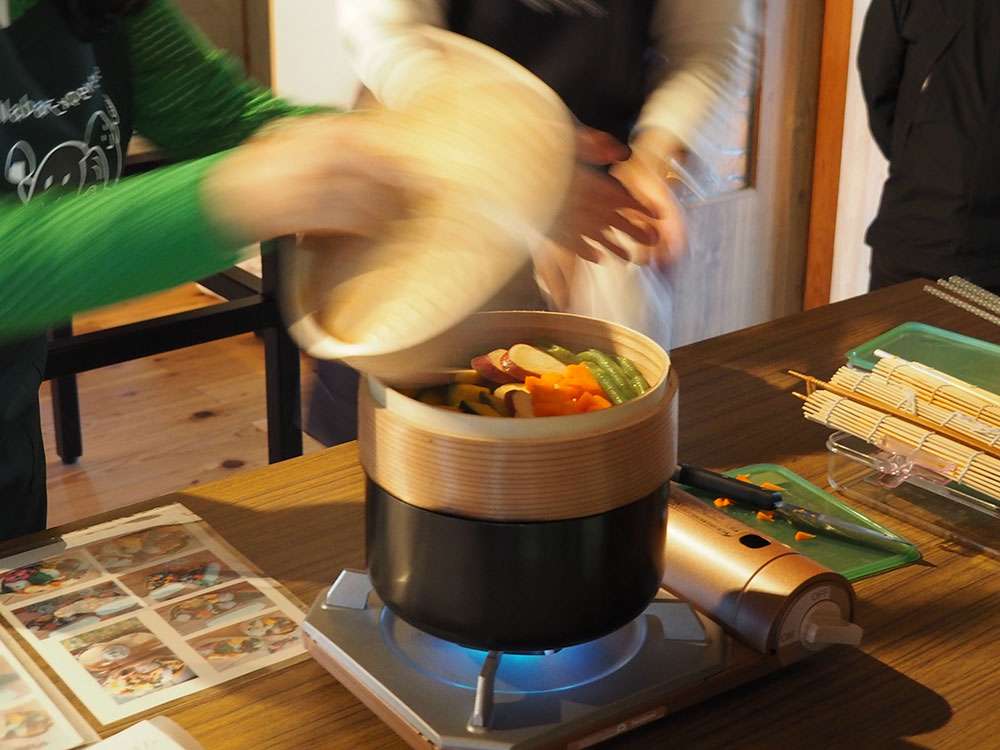
Next, we tackled the sweet and savory simmered beef, made with Iga Beef, a local cattle brand raised in Nabari or neighboring Iga City. Known for its perfect balance of lean meat and fat, this rare beef is not often found outside the region, as most of it is consumed locally.
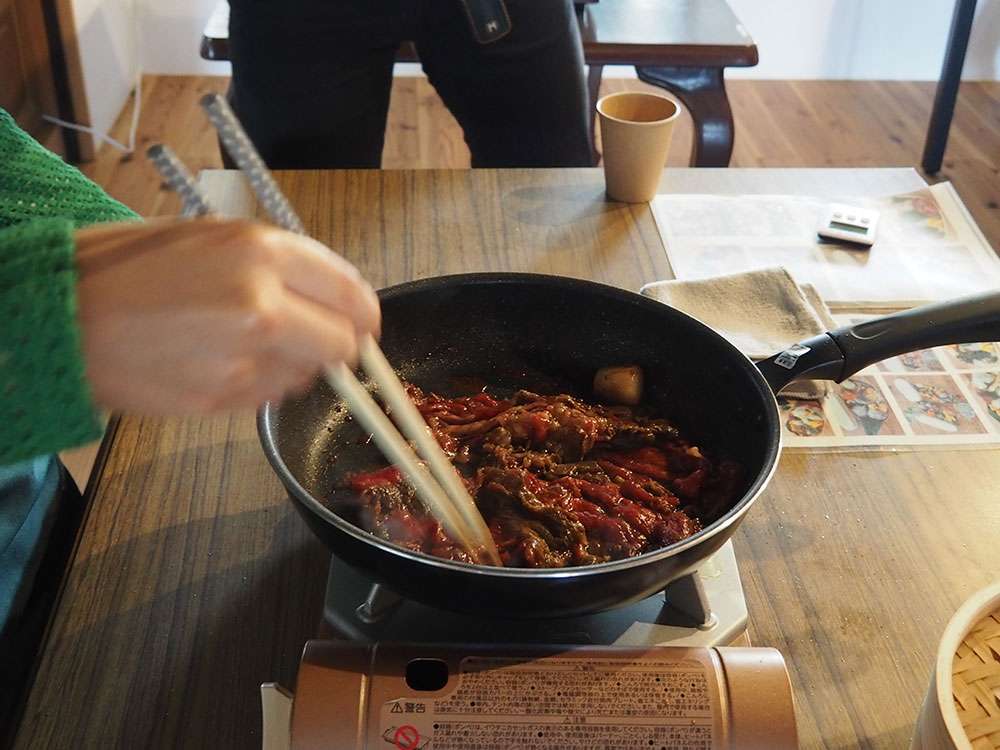
Together with locally grown shiitake mushrooms, we simmered it in a sweet and savory sauce. The kitchen soon filled with the rich aroma of sukiyaki.
“Shall we taste it?” Haruko asked. Unable to resist the delicious smell, everyone eagerly sampled the dish.
“Mmm, it’s so good!”
“The lean meat is flavorful without being greasy!”
We couldn’t wait to take this delicious dish along for our hike!
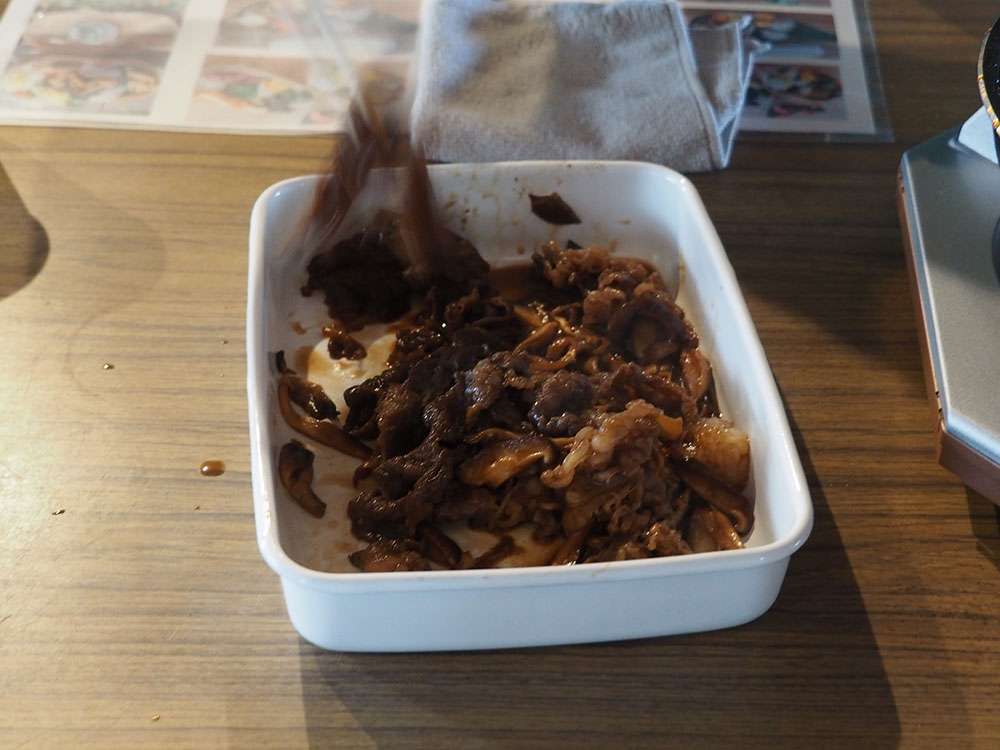
Finally, we prepared a walnut miso dip, mixing local miso, raw honey, and walnuts, then lightly toasting it over an open flame. The resulting aroma was irresistible, tantalizing us with how many vegetables we could enjoy with this dip.
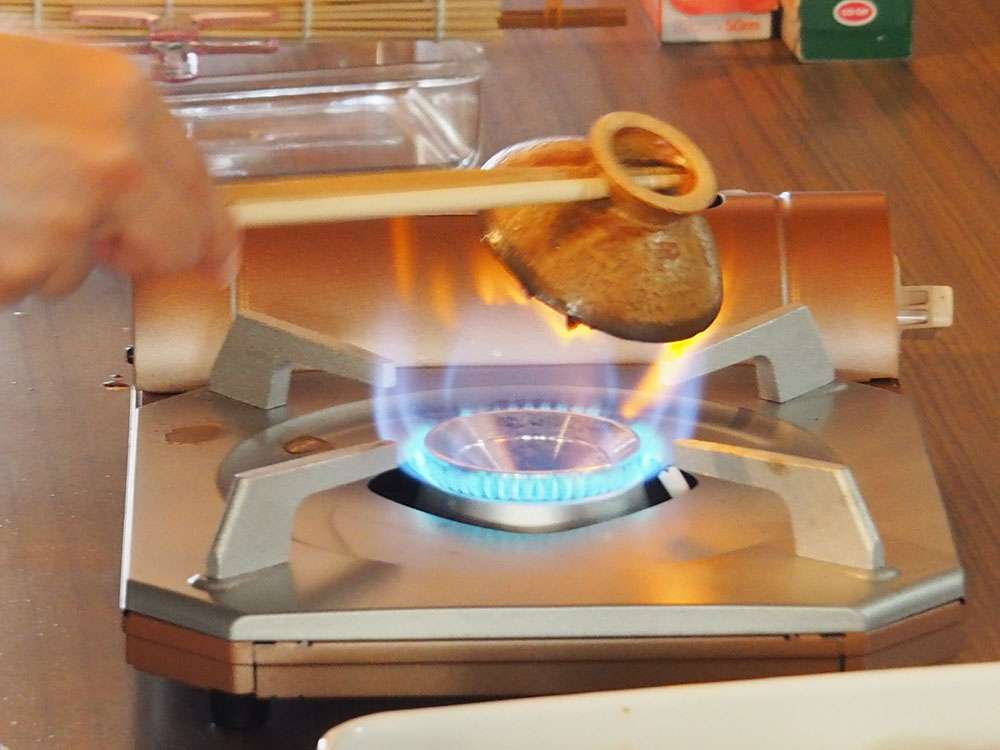
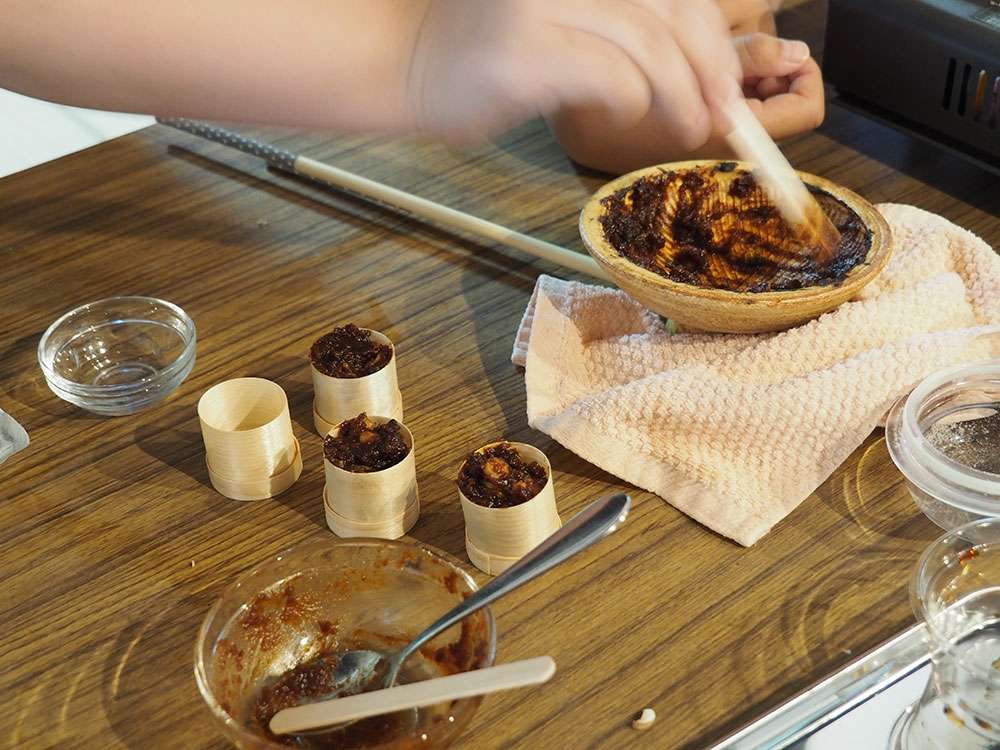
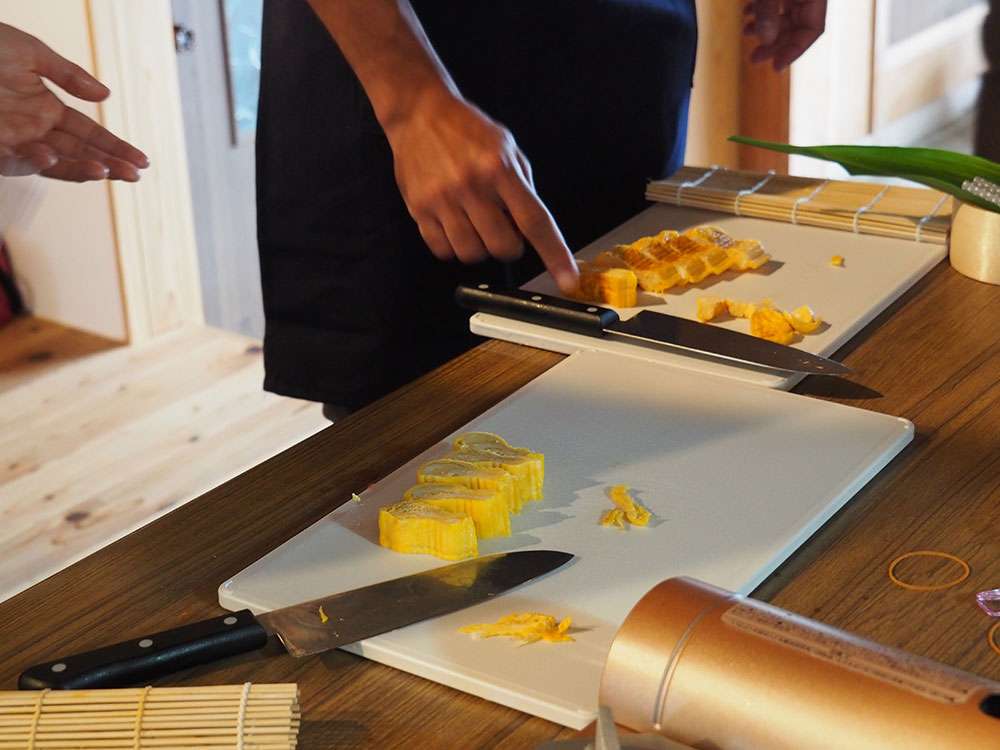
The rice was ready as well. It was made with locally grown rice from Nabari’s Akame area, cultivated by the owner of Yoshidaya, a traditional private vacation rental where this experience was held. The rice was cooked with organically farmed black rice for added flavor and texture.
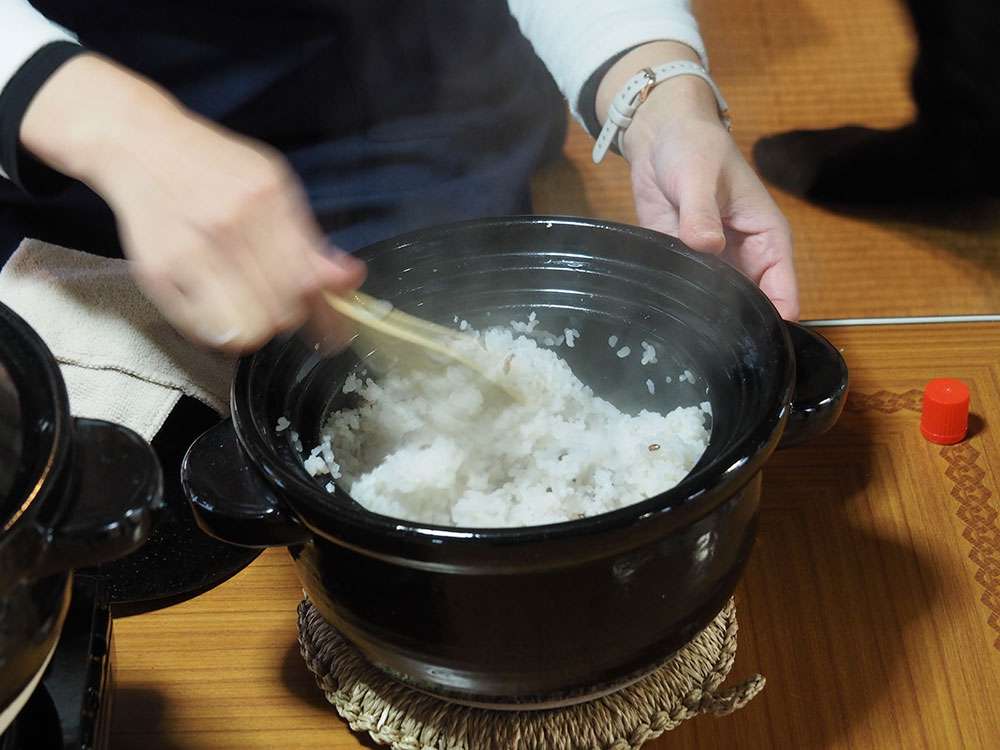
We made rice balls with the freshly cooked glossy rice. The other dishes were also arranged on the table, and we packed them into wooden bento boxes, carefully considering the presentation.
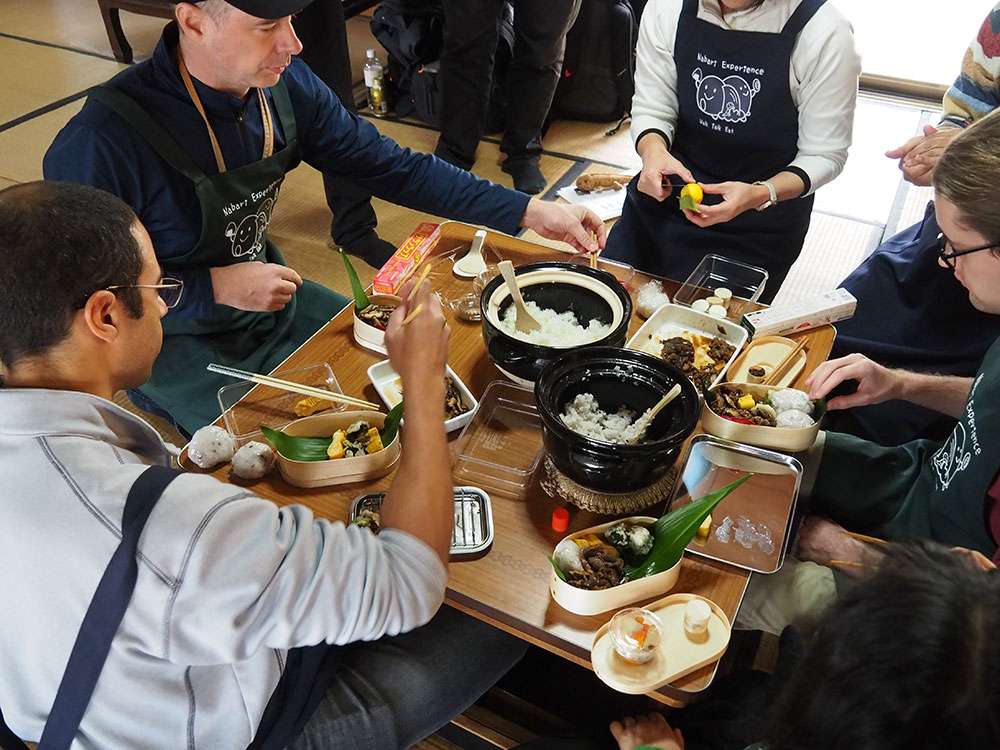
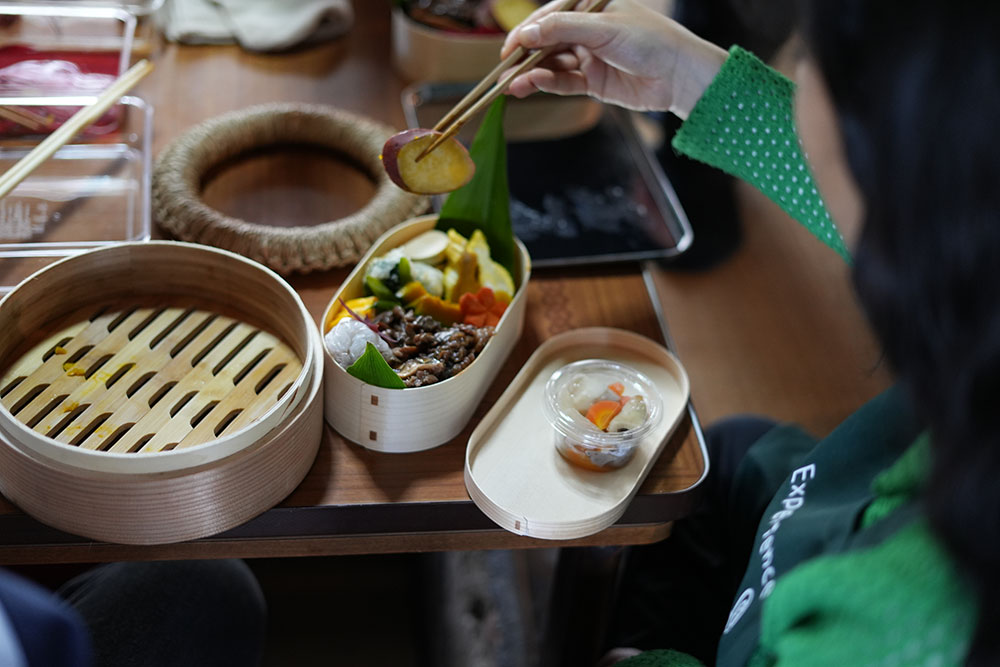
Some of us packed their bento boxes with lots of meat, while others filled them with plenty of vegetables, creating unique and personalized meals. We wrapped these bentos with cute cloth, tucked them into our backpacks, and set off on our hike.
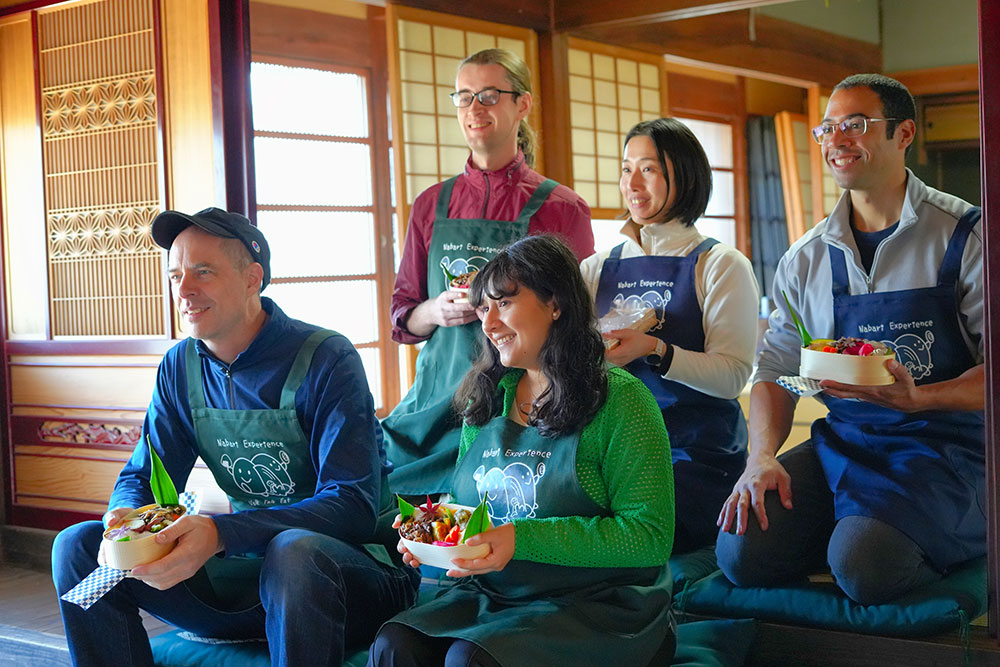
Hiking at Akame 48 Waterfalls
With our bento packed, we headed to Akame 48 Waterfalls, about seven minutes by car from Yoshidaya, where the workshop was held. Akame 48 Falls is a popular scenic spot in the Kansai region, featuring a 3.5 km hiking trail with numerous waterfalls along the way. Completing the entire trail takes about 3–3.5 hours round trip, but this tour walked up to Senju Falls, where a resting area is.
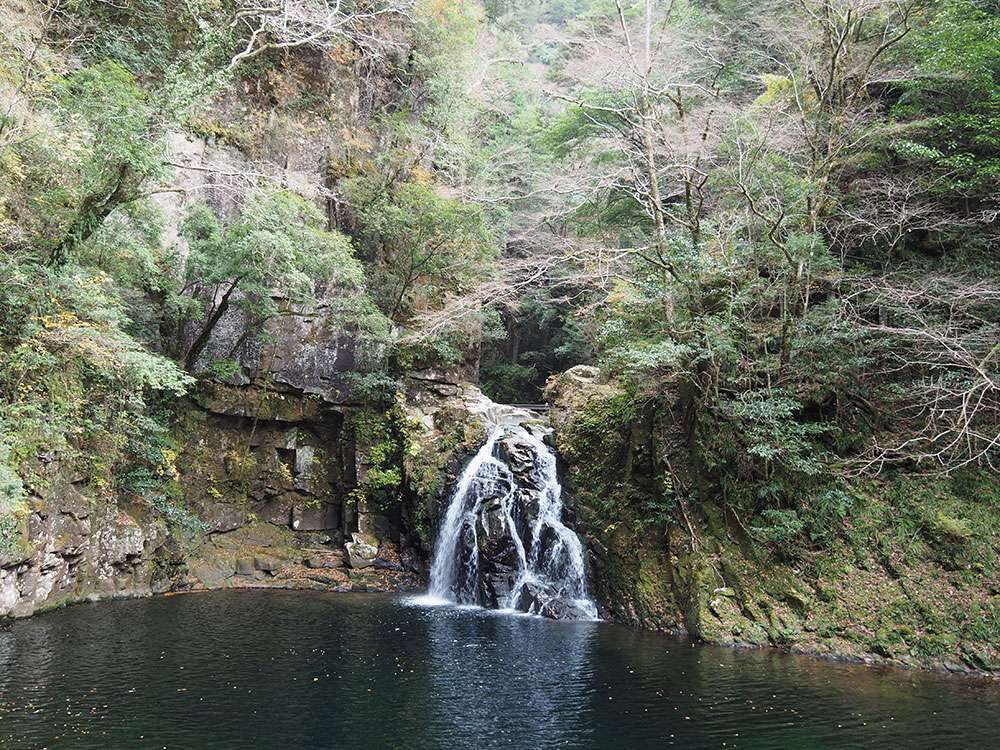
We began by visiting the Akame Waterfalls Aquarium near the trailhead, which was recently renovated. The aquarium showcases creatures native to the Akame Valley, including giant salamanders.
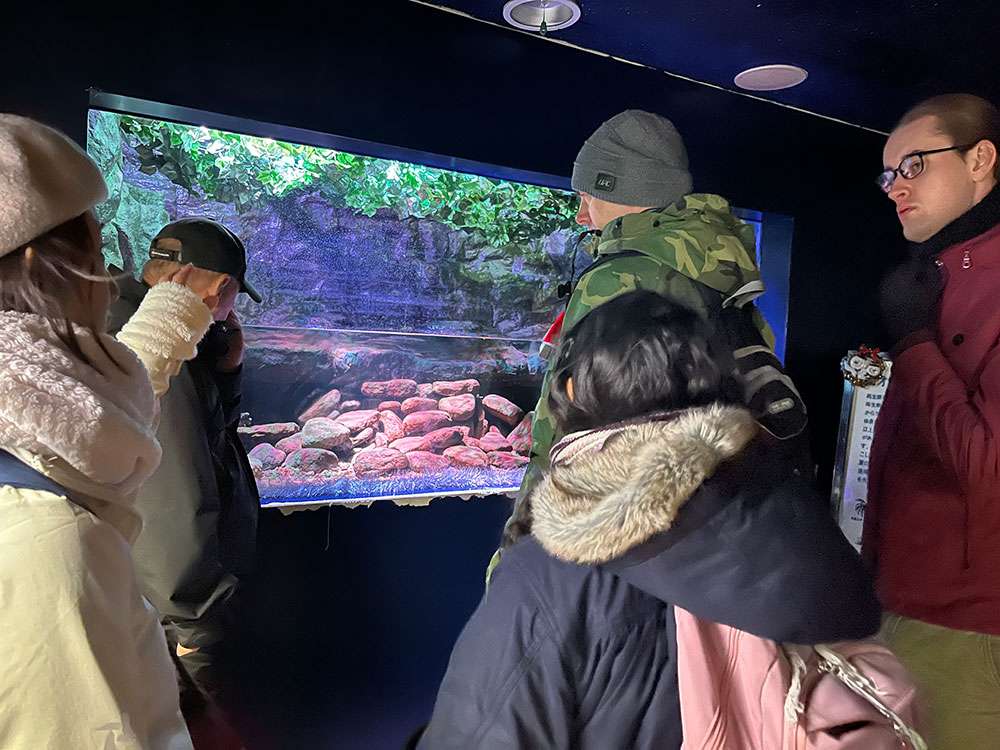
After the aquarium, we entered the gorge, where the clear stream, crisp air, and lush greenery created a serene and healing atmosphere. Walking the trail, we occasionally exchanged greetings with other hikers and continued deeper into the gorge.
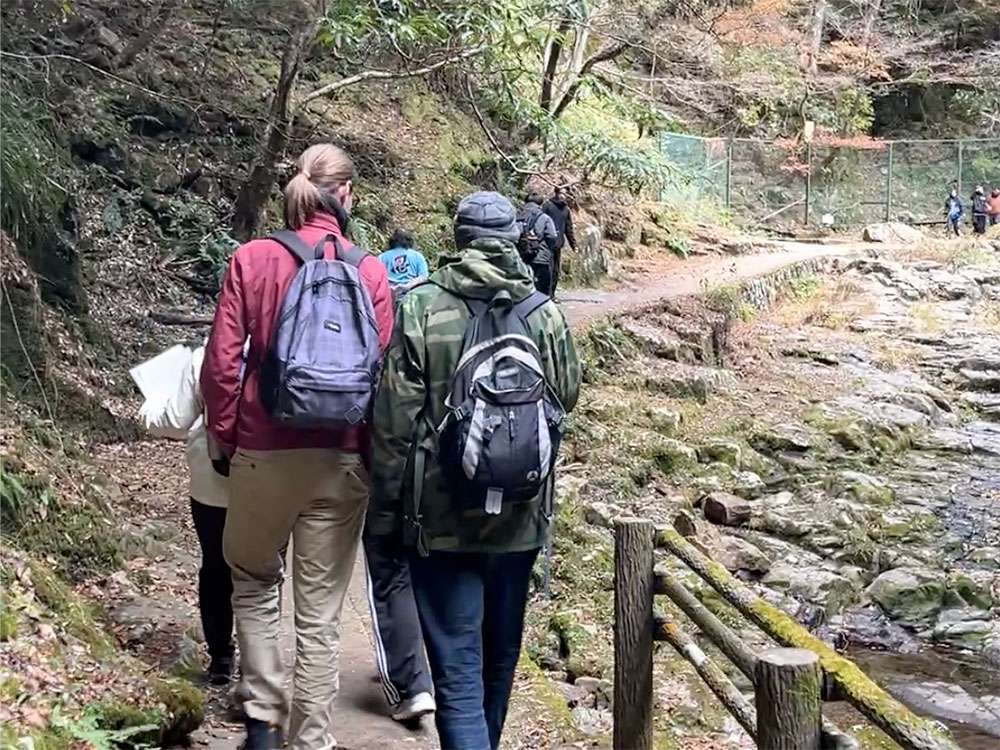
Haruko occasionally stopped to share insights about various spots. As an eco-tour guide, she showed off the local flora, shared insights into the history of the valley, and explained the mystical legends surrounding Akame 48 Falls, once known as a training ground for ninjas. Listening to her stories added a whole new dimension to the hike.
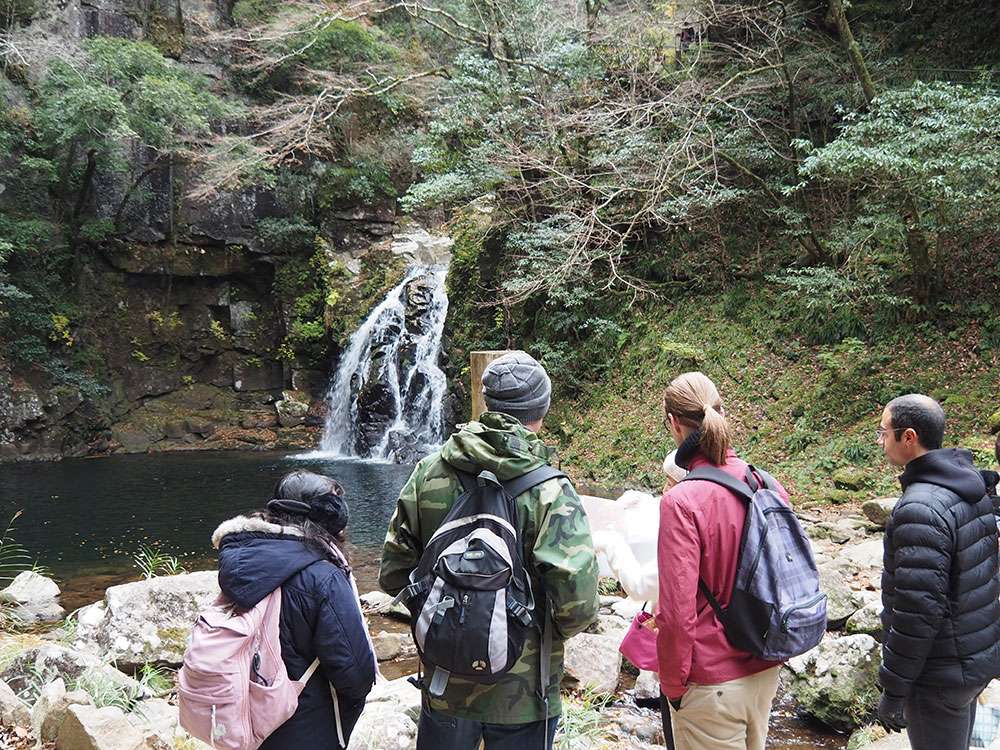
After about 20 minutes, we reached Senju Falls, one of the five main waterfalls. Here, we enjoyed our bento lunch. During warmer seasons, you can eat closer to the stream, adding to the experience.
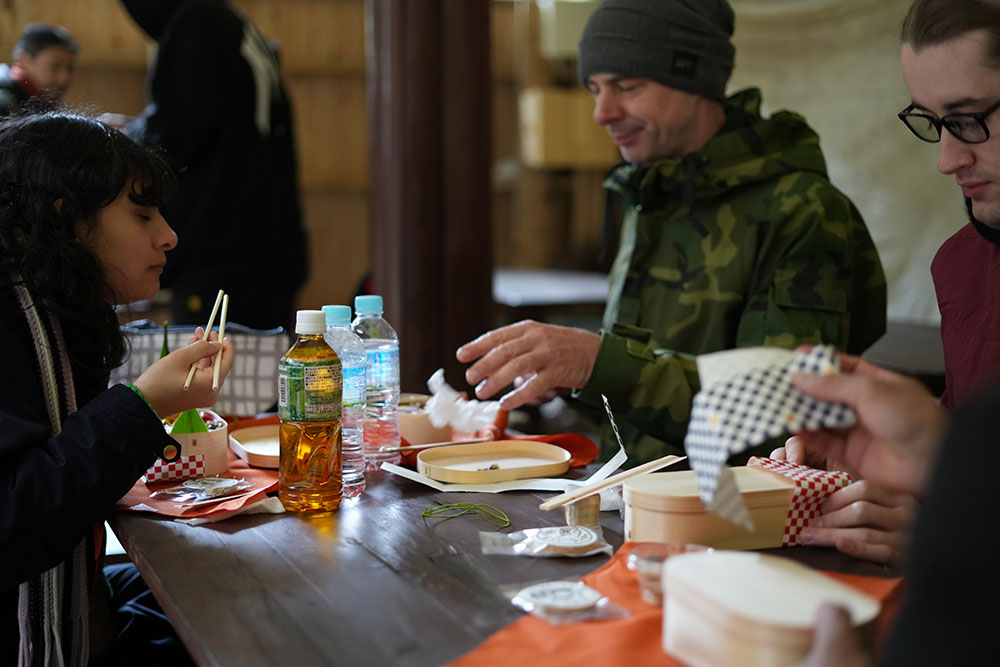
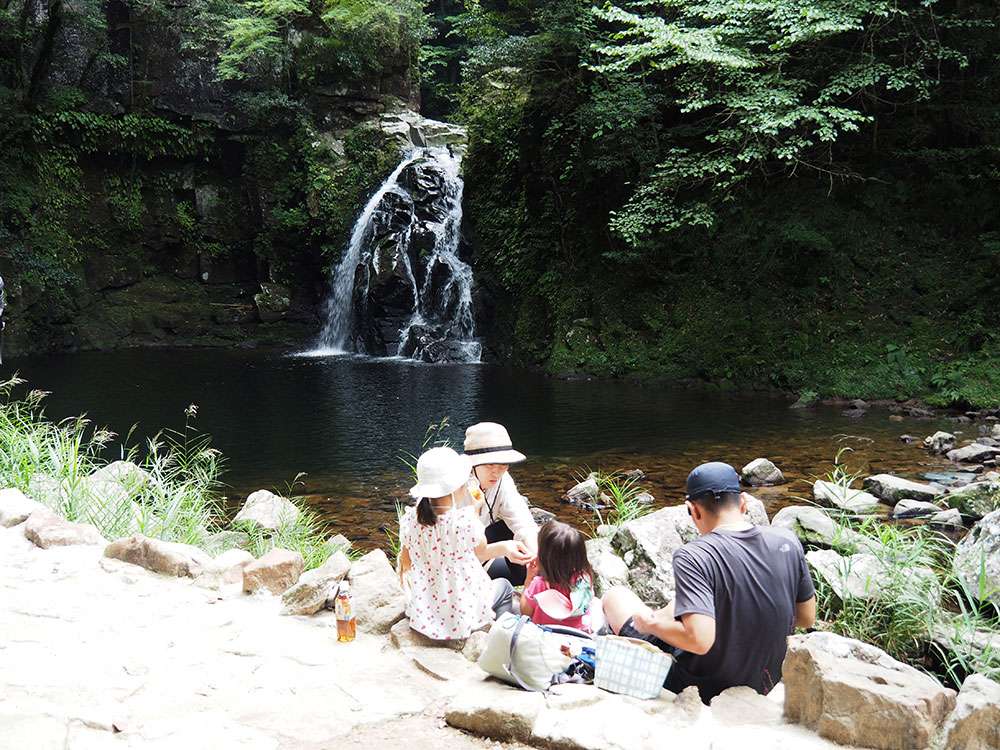
On this tour, we continued up to Nunobiki Falls, just above Senju Falls. Depending on the schedule, you can hike further or even return on another day to conquer the entire trail.
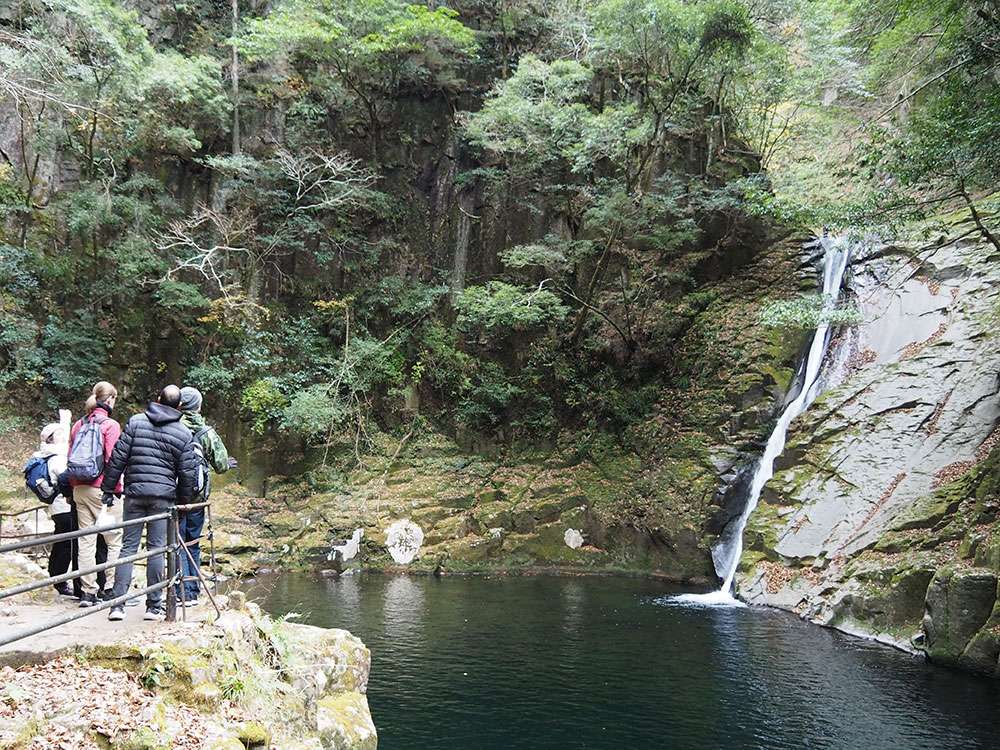
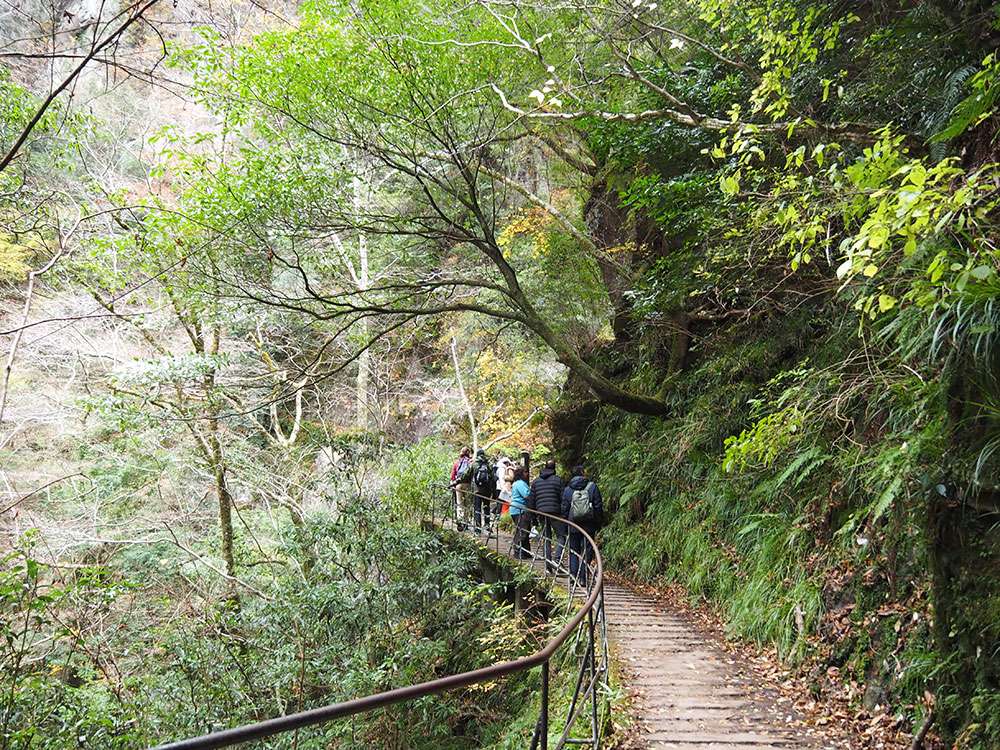
Walking through Nabari’s natural environment and experiencing its abundant beauty truly made us appreciate the rich agricultural and culinary heritage of the area.
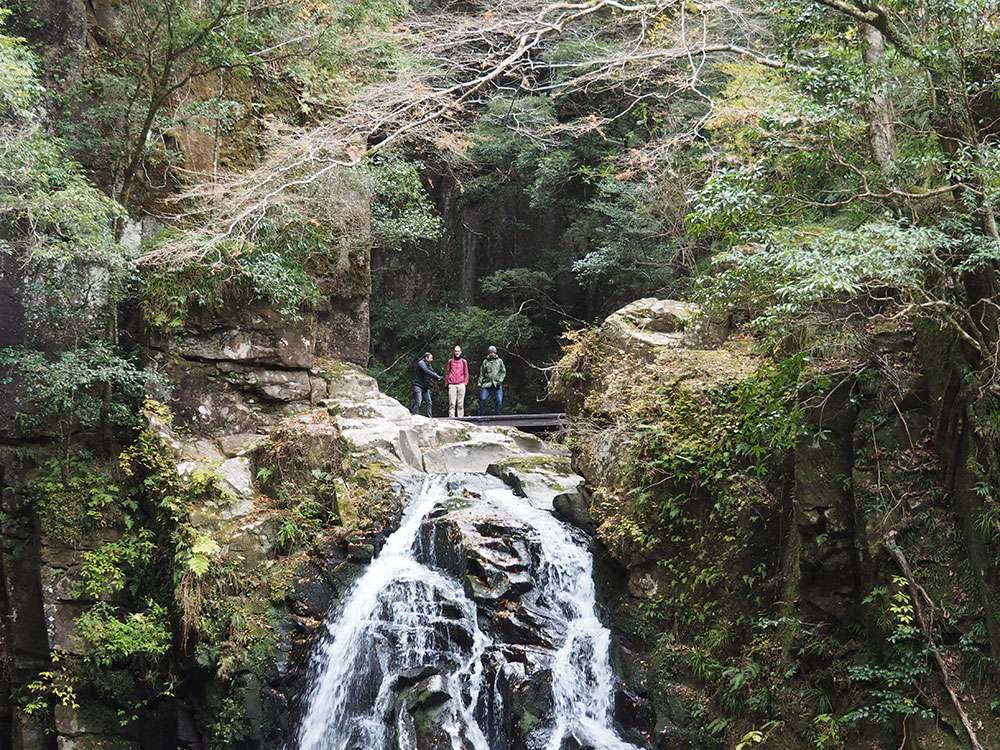
Meeting place: Kintetsu Nabari Station (pick-up available), or Yoshidaya, a private vacation rental
Duration: 2 hours for bento making, 2 hours for hiking (not including travel time)
A multi-day tour is available by combining with other activities.
